当前位置:网站首页>Using keras in tensorflow to build convolutional neural network
Using keras in tensorflow to build convolutional neural network
2022-07-07 10:03:00 【guluC】
Application tensorflow Medium keras Build convolutional neural network
Six steps
1、 Import tensorflow library
import tensorflow.keras as keras
2、 Prepare training data
x_train,y_train
x_test,y_test
3、 Build a network structure
- Generate a container to store the network structure
model = keras.models.Sequential() # Describe each layer of network
- Convolution layer
keras.layers.Conv2D(
filters, # Number of convolution kernels
kernel_size, # Convolution kernel size It's usually (3,3)
strides=(1, 1), # Sliding step Default (1,1)
padding='valid', # Zero filling strategy 'valid' perhaps 'same'
activation=None, # Activation function Commonly used relu,softmax,selu
input_shape # Define the input data style (64,64,3)64*64 Three dimensional view of
)
- Pooling layer
keras.layers.MaxPooling2D(
pool_size=(2, 2), # Pool layer size
strides=None, # step
padding='valid', # Zero filling strategy 'valid' perhaps 'same'
data_format=None
)
- Flatten ( Change the data into one dimension , It is often used in the transition from convolution layer to full connection layer )
keras.layers.Flatten()
- Fully connected layer
keras.layers.Dense(
units, # Dimension of output space
activation=None, # Activation function Commonly used relu,softmax,selu
use_bias=True, # Boolean value , Whether to use offset vector
)
- Dropout layer ( Prevent too fitting , Improve the generalization ability of the model )
keras.layers.Dropout(
rate, #0-1 Decimal between Percentage discarded
noise_shape=None,
seed=None # Random seeds
)
4、 Print network structure and parameter statistics
model.summary()
summary Function is used to print network structure and parameter statistics
5、 Configure the optimizer for training 、 Loss function and accuracy evaluation criteria
model.compile(
optimizer, # Optimizer
loss, # Loss function
metrics # Network evaluation index
)
- optimizer Parameters can be character string The optimizer name given by the form , It can also be in the form of a function , The learning rate can be set in the form of a function 、 Momentum and hyperparameters
- “sgd” perhaps keras.optimizers.SGD(lr = Learning rate ,decay = Learning decay rate ,momentum = Momentum parameter )
- "adagrad’" perhaps keras.optimizers.Adagrad(lr = Learning rate , decay = Learning rate decay rate )
- "adadelta" perhaps keras.optimizers.Adadelta(lr = Learning rate , decay = Learning rate decay rate )
- "adam" perhaps keras.optimizers.Adam(lr = Learning rate ,decay = Learning rate decay rate )
- lose Parameters can be given in string form Loss function Name , It can also be in the form of a function 、
- "mse" perhaps keras.losses.MeanSquaredError()
- “sparse_categorical_crossentropy” perhaps keras.losses.SparseCatagoricalCrossentropy(from_logits = False)
- Metrics Label network evaluation index
- “accuracy” : y_ and y It's all numbers , Such as y_ = [1] y = [1] #y_ For real value ,y For the predicted value
- "sparse_accuracy"y_ and y It's all based on a single hot code And probability distribution , Such as y_ = [0, 1, 0], y = [0.256, 0.695, 0.048]
- "sparse_categorical_accuracy"y_ It is given in numerical form ,y In order to The unique heat code gives , Such as y_ = [1], y = [0.256 0.695, 0.048]
6、fit
model.fit(
x, y,
batch_size=32,
epochs=10,
verbose=1,
callbacks=None,
validation_split=0.0,
validation_data=None,
shuffle=True,
class_weight=None,
sample_weight=None,
initial_epoch=0
)
- x: input data . If the model has only one input , that x The type is numpy
array, If the model has multiple inputs , that x The type should be list,list Is corresponding to each input numpy array - y: label ,numpy array
- batch_size: Integers , Specifies the gradient descent for each batch Number of samples included . One for training batch The sample will be calculated as a gradient descent , Optimize the target function one step .
- epochs: Integers , At the end of training epoch value , The training will be at the end of the day epoch Value , When there is no setting initial_epoch when , It is the total number of rounds of training , Otherwise, the total number of rounds of training is epochs - inital_epoch
- verbose: The log shows ,0 Output log information for non-standard output stream ,1 Record for the output progress bar ,2 For each epoch Output line record
- callbacks:list, The elements are keras.callbacks.Callback The object of . This list The callback function will be called at the appropriate time during the training , Refer to the callback function
- validation_split:0~1 The floating point number between , A percentage of the data used to specify the training set is used as the validation set . Validation sets will not be trained , And in each epoch End - of - test model metrics , Like the loss function 、 Precision etc. . Be careful ,validation_split The division of the shuffle Before , So if your data itself is ordered , You need to manually scramble it before you specify it validation_split, Otherwise, an uneven sample of the validation set may occur .
- validation_data: In the form of (X,y) Of tuple, Is the specified validation set . This parameter overrides validation_spilt.
- shuffle: Boolean or string , Is generally a Boolean value , Indicates whether the sequence of input samples is randomly scrambled during training . If string “batch”, It's used to deal with HDF5 The special case of data , It will be batch Internally scrambles the data .
- class_weight: Dictionaries , Mapping different categories to different weights , This parameter is used to adjust the loss function during training ( Only for training )
- sample_weight: Weights of numpy
array, Used to adjust the loss function during training ( For training purposes only ). You can pass a 1D The vector with the same length as the sample is used to carry on the sample 1 Yes 1 A weighted , Or in the case of temporal data , The form of passing one is (samples,sequence_length) To assign different weights to the samples on each time step . In this case be sure to add when compiling the model sample_weight_mode=’temporal’. - initial_epoch: Specified from this parameter epoch Start training , It's useful to continue the previous training .
fit The function returns a History The object of , Its History.history Attribute records the value of loss function and other indicators epoch Changing circumstances , If there is a verification set , Also contains the change of these indicators of the verification set
边栏推荐
- Internship log - day07
- 大佬们,请问 MySQL-CDC 有什么办法将 upsert 消息转换为 append only 消
- arcgis操作:dwg数据转为shp数据
- What development models did you know during the interview? Just read this one
- Check the example of where the initialization is when C initializes the program
- ORM模型--数据记录的创建操作,查询操作
- Sword finger offer II 107 Distance in matrix
- 企业实战|复杂业务关系下的银行业运维指标体系建设
- MySQL can connect locally through localhost or 127, but cannot connect through intranet IP (for example, Navicat connection reports an error of 1045 access denied for use...)
- 2020ccpc Weihai J - Steins; Game (SG function, linear basis)
猜你喜欢
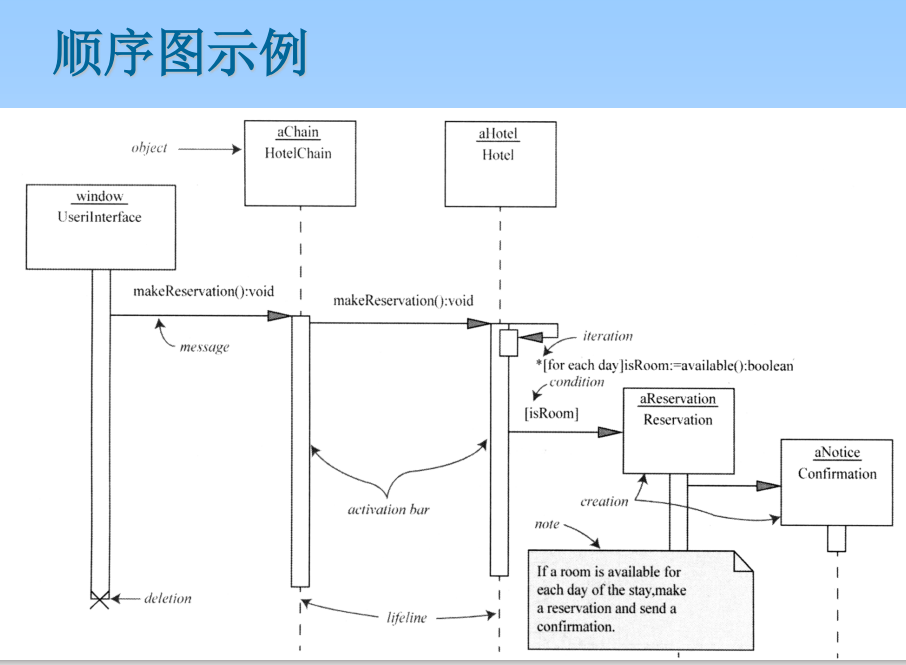
Software modeling and analysis
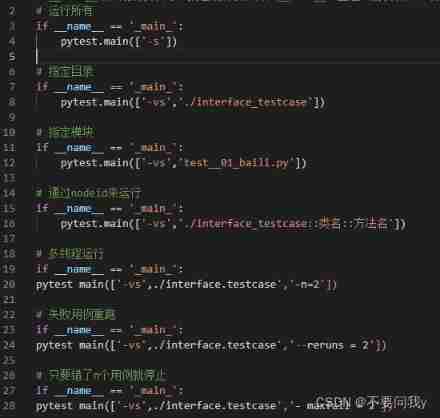
Pytest learning - dayone
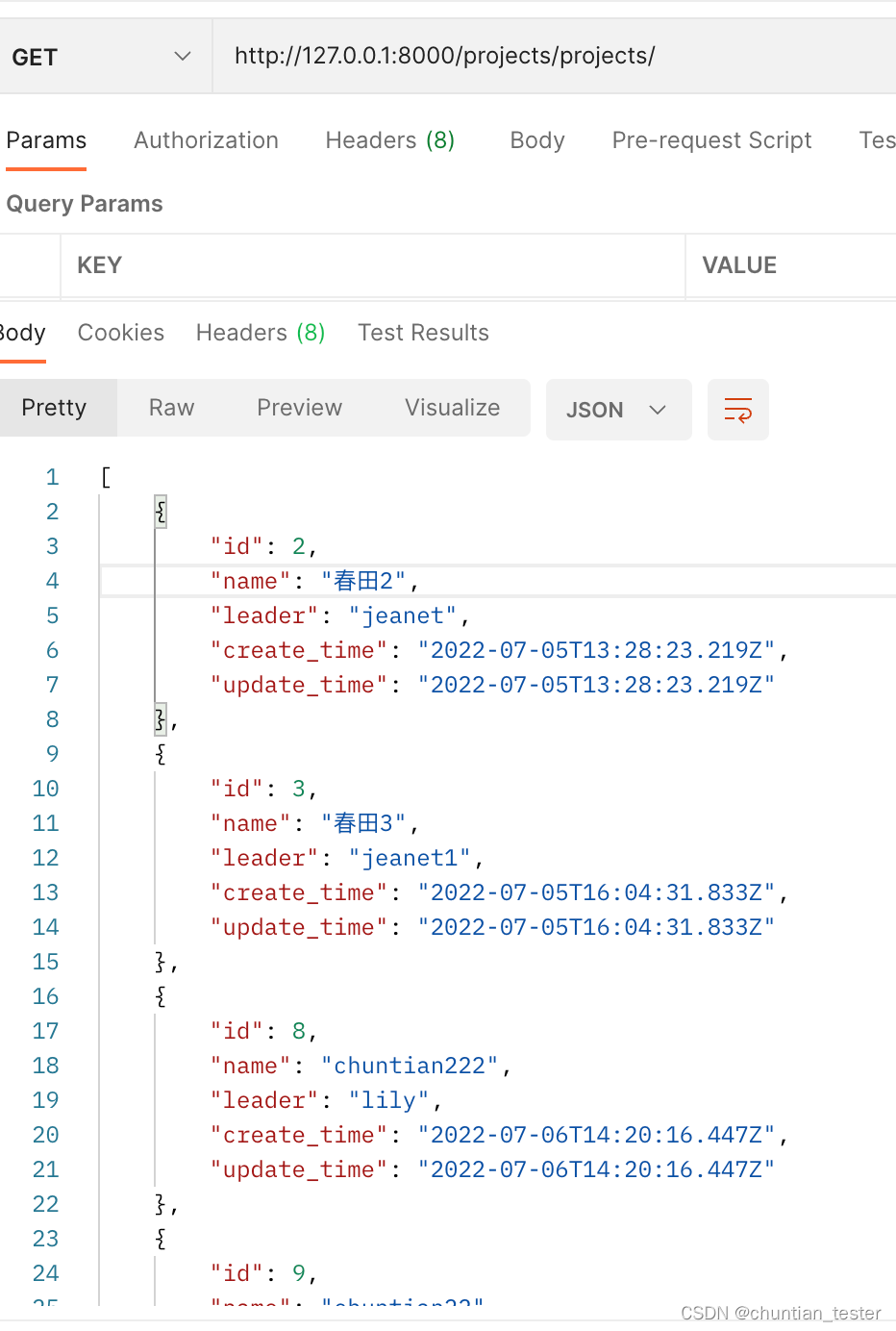
ORM--数据库增删改查操作逻辑

The applet realizes multi-level page switching back and forth, and supports sliding and clicking operations

小程序滑动、点击切换简洁UI
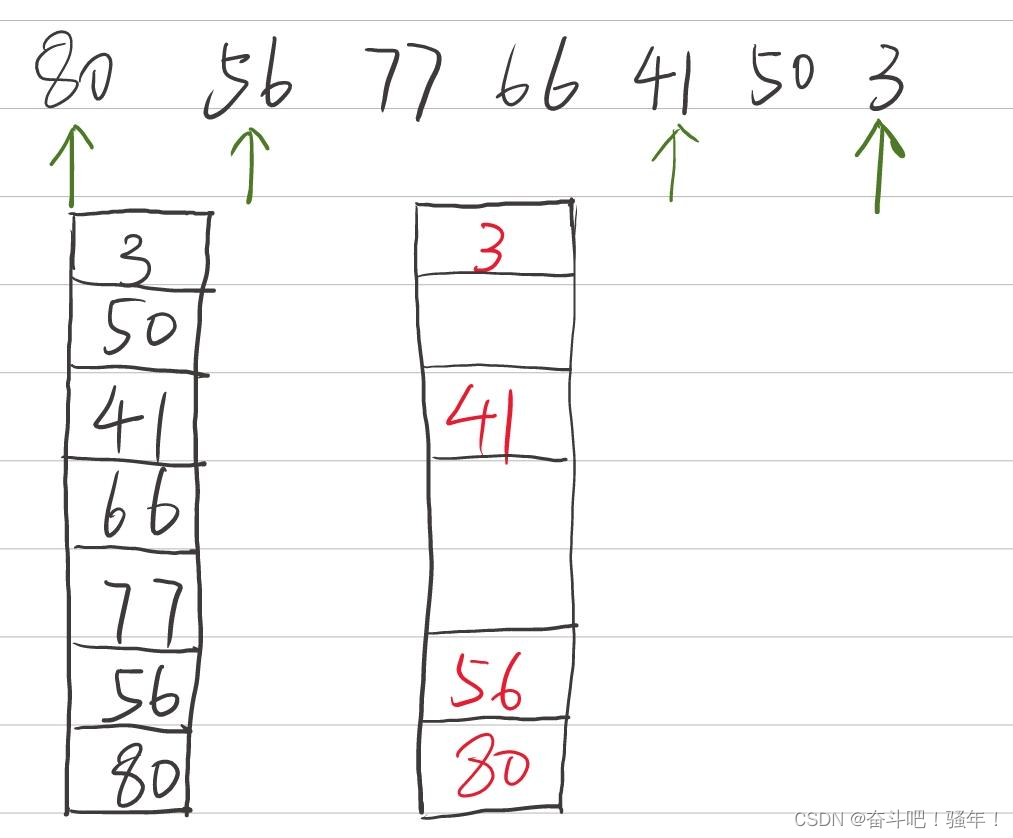
Lecture 1: stack containing min function

CentOS installs JDK1.8 and mysql5 and 8 (the same command 58 in the second installation mode is common, opening access rights and changing passwords)
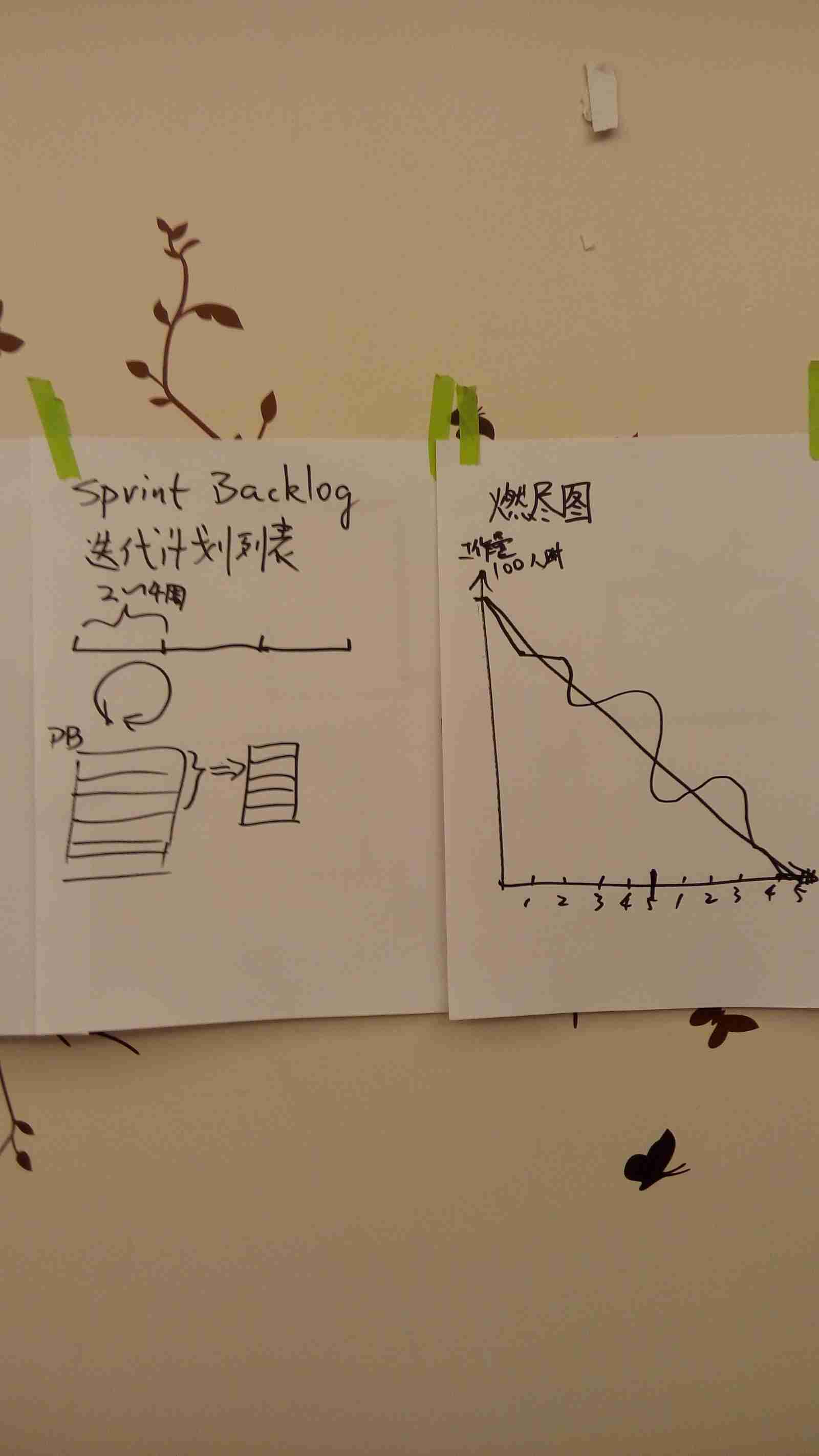
Agile course training
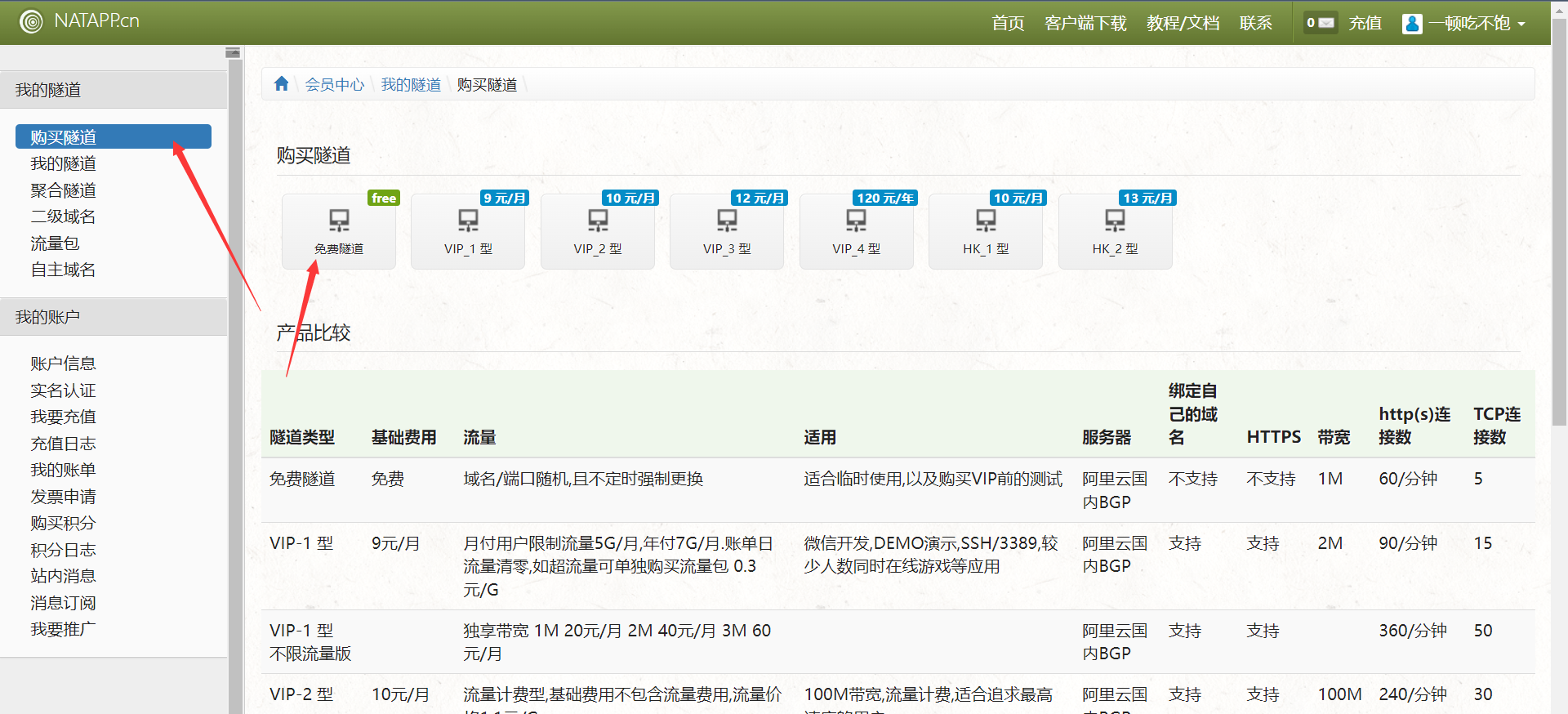
Natapp intranet penetration
![[4g/5g/6g topic foundation -147]: Interpretation of the white paper on 6G's overall vision and potential key technologies -2-6g's macro driving force for development](/img/21/6a183e4e10daed90c66235bdbdc3bf.png)
[4g/5g/6g topic foundation -147]: Interpretation of the white paper on 6G's overall vision and potential key technologies -2-6g's macro driving force for development
随机推荐
ORM模型--关联字段,抽象模型类
Gym - 102219J Kitchen Plates(暴力或拓扑序列)
Luogu p2482 [sdoi2010] zhuguosha
如何成为一名高级数字 IC 设计工程师(1-6)Verilog 编码语法篇:经典数字 IC 设计
用flinksql的方式 写进 sr的表,发现需要删除的数据没有删除,参照文档https://do
2020ccpc Weihai J - Steins; Game (SG function, linear basis)
Before joining the chain home, I made a competitive product analysis for myself
Future development blueprint of agriculture and animal husbandry -- vertical agriculture + artificial meat
Selenium+bs4 parsing +mysql capturing BiliBili Tarot data
“十二星座女神降临”全新活动推出
CentOS installs JDK1.8 and mysql5 and 8 (the same command 58 in the second installation mode is common, opening access rights and changing passwords)
Deep understanding of UDP, TCP
2020 Zhejiang Provincial Games
Esp8266 uses TF card and reads and writes data (based on Arduino)
Switching value signal anti shake FB of PLC signal processing series
Flinkcdc failed to collect Oracle in the snapshot stage. How do you adjust this?
[4g/5g/6g topic foundation-146]: Interpretation of white paper on 6G overall vision and potential key technologies-1-overall vision
大佬们,有没有遇到过flink cdc读MySQLbinlog丢数据的情况,每次任务重启就有概率丢数
Analyze Android event distribution mechanism according to popular interview questions (I)
Detailed explanation of diffusion model